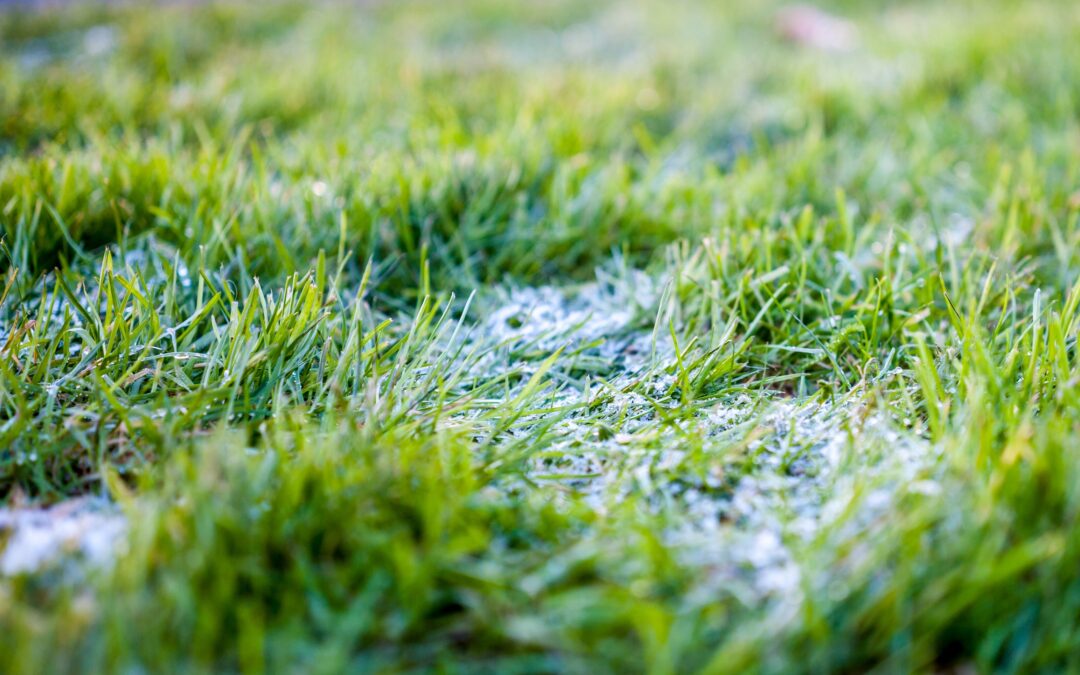Winter Draughts and Your Lawn
Yes, there are winter draughts, and they can adversely affect your lawn. This October was the 8th driest on record for Indianapolis, and if it hadn’t been for ½ inch of rain on October 31st, it would have been the driest. This winter could be prime time in Central Indiana for lawn desiccation. Lawn desiccation occurs when the lawn loses moisture faster than it can replenish, especially after a dry fall. It’s made worse by harsh winter conditions like dry winds and fluctuating temperatures.
Winter Draughts and Your Lawn
“Desiccation is death from drying during winter – winter drought. Desiccation is usually greatest in areas where the soil was dry going into winter or where there was little snow cover or precipitation during winter.” — Purdue Ag, Cool-Season Turf Winterkill: Potential Losses and a Pathway to Recovery
Although desiccation is unusual in Central Indiana and more likely in drier states like Kansas, Nebraska, and the Dakotas, this year could be different. Winter forecasts for precipitation vary but may be low. However, most weather predictions for Indiana point to low snow accumulation.
“Desiccation can occur when turf is unprotected by snow cover and subject to drying cold winds for extended periods during the winter. Under these conditions, the exposed turf can lose significant moisture in crown tissues (where new roots, leaves, and stems are produced), resulting in the death of the plant.” — Winterkill of Turfgrasses
To protect your lawn from desiccation, which is essentially extreme dryness, you should deeply water it before winter sets in, maintain a healthy lawn throughout the year, and consider using anti-desiccant products. Signs of lawn desiccation include browning, wilting, and visible dry patches, especially during winter months when cold, dry winds can rapidly remove moisture from the grass. Also, ensure your lawn is properly fertilized and aerated throughout the year to promote strong root systems.
What Are Anti-desiccant Products?
Anti-desiccant lawn products are sprays or films that help plants retain moisture and prevent excessive drying by creating a thin barrier to lock in moisture and slow water loss. They work best when applied in late fall or early winter before temperatures drop below freezing. You can reapply if there are sustained warm spells during winter.
Simply spray the liquid onto the foliage until it’s completely covered, and there’s some runoff. It takes about two to four hours to dry. Anti-desiccants can help prevent “winter burn,” which happens when plants lose too much water in harsh winter weather.
Yes, this winter could be a drought season to remember so be prepared. Let us know if we can help.
How Can We Help You?
Berger Hargis has a company philosophy of providing personal excellence for all our services. Our growth and success have been due entirely to our commitment to honest, excellent customer service. The company is built on the referral business we have received due to this philosophy.
If we can solve a landscaping problem for you, please don’t hesitate to Contact Us.
And, if you’re looking for a career where you can have fun at work, call (317) 243-0100.
About the Author
Randy Clark is a speaker, coach, and author. He publishes a weekly blog at Randy Clark Leadership.com. Randy is passionate about social media, leadership development, and flower gardening. He’s a beer geek, and on weekends he can be found fronting the Rock & Roll band Under the Radar. He’s the proud father of two educators; he has four amazing grandchildren and a wife who dedicates her time to helping others. Randy is the author of the Amazon bestseller The New Manager’s Workbook, a crash course in effective management.
If you liked this post you might also appreciate7 Point Fall Lawn and Garden Clean-up Checklist
Go Back








